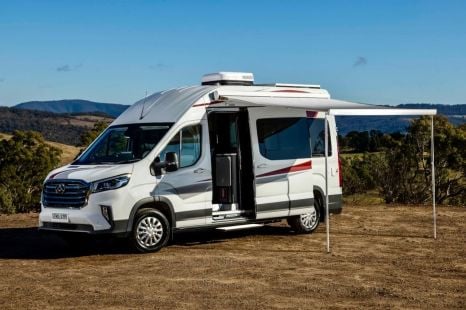

Ben Zachariah
2026 LDV Deliver 9 campervan released with sharp pricing
17 Hours Ago
The future is now at Mercedes-Benz. Angus MacKenzie gets a quick drive of the futuristic and ultra-efficient Vision EQXX EV in Germany.


Deals available
Deals available

Deals available
Deals available
Where expert car reviews meet expert car buying – CarExpert gives you trusted advice, personalised service and real savings on your next new car.
The future has a habit of sneaking up on you.
Sure, the Mercedes-Benz Vision EQXX looks a little swoopier than most cars on the road. And the interior, trimmed in plant-based organic materials or recycled plastics and dominated by an ultra-high-definition screen that stretches from A-pillar to A-pillar, sparkles with show-car bling.
The suspension is sports-car firm and the steering wonderfully direct, but otherwise the Vision EQXX drives pretty much like every other EV on the market right now. Indeed, it feels so normal it’s easy to forget you’re driving what is arguably the most important concept car of the early 21 century.
At just past 7:00pm on April 5, this streamlined silver four-door rolled noiselessly along the waterfront in Cassis, a picturesque port on the French Mediterranean coast.
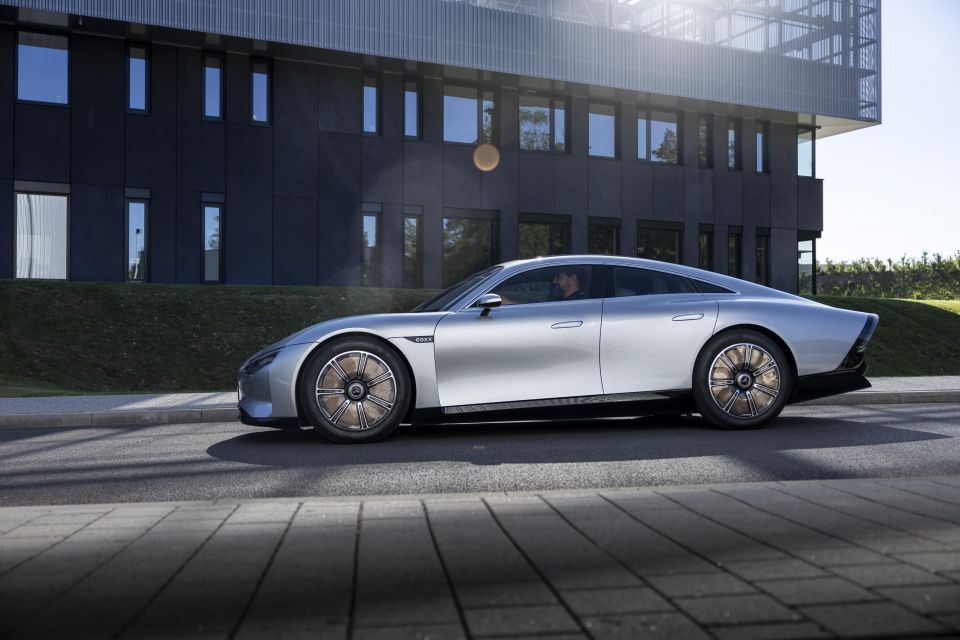
The Vision EQXX had just travelled 1008km from Sindelfingen in Germany without stopping to recharge its 100kWh battery, an average consumption of 8.7kWh per 100km, achieved at an average speed of 87.4km/h – and it still had 140km of range left.
A little more than six weeks later, Mercedes-Benz engineers drove the Vision EQXX from Stuttgart to Silverstone without recharging, where Mercedes-EQ Formula E driver Nyck De Vries then ran 11 laps of the circuit at speeds up to the car’s 140km/h maximum to eek the last few electrons out of the battery. Total distance travelled: 1202km, which represented an average energy consumption of 8.3kWh per 100km.
Some context. The most efficient EV on sale in Australia now is Tesla’s single-motor Model 3, which consumes a claimed 13.1kWh per 100km on the WLTP test cycle, meaning its 62.3kWh battery will deliver a range of 491km. The EV that offers the longest range in Australia is also a Tesla, the Model S Long Range, which the company claims will travel 652km between charges.
Mercedes-Benz hasn’t just moved the EV range and efficiency goal posts with the Vision EQXX. It’s built a whole new stadium.
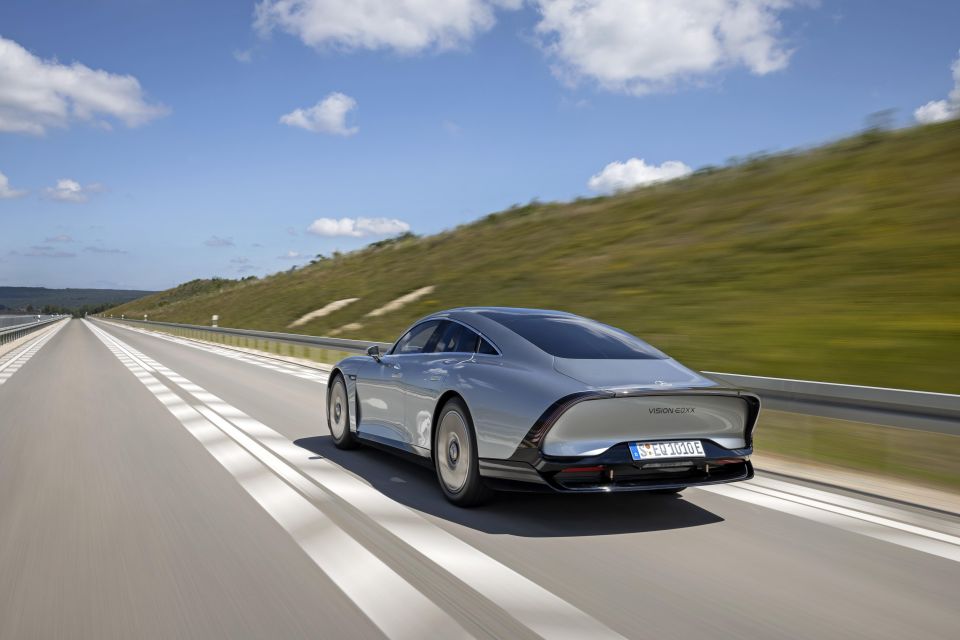
Yes, the Vision EQXX is a concept car. But Mercedes-Benz board member and chief technology officer Markus Schäfer says the technologies used to deliver its impressive efficiency are all production feasible.
“The technology programme behind the Vision EQXX will define and enable future Mercedes-Benz models and features” – and that’s why it’s such an important car.
The Vision EQXX is more compact than it looks. Its 2800mmwheelbase is exactly 75mm shorter than that of a Tesla Model 3 and is right between those of the current A-Class and C-Class sedans.
The battery has almost the same capacity as the 108kWh unit in the Mercedes-Benz EQS, but it’s half the size and weighs 30 per cent less.
“In effect, we fitted the energy of the EQS into the vehicle dimensions of a compact car,” says Adam Allsopp, advanced technology director at Mercedes-AMG High Performance Powertrains (HPP) in Brixworth, England.
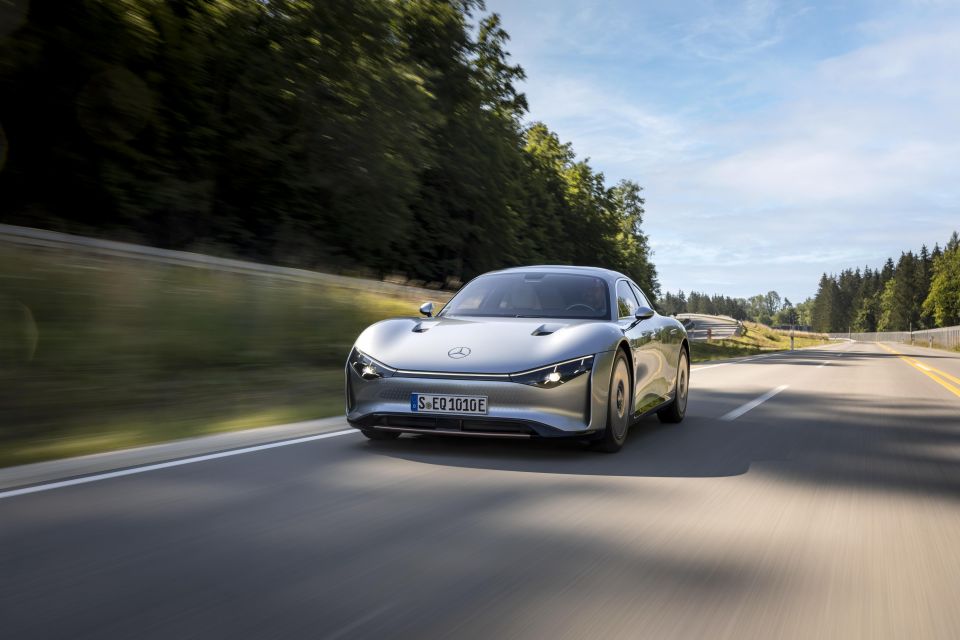
HPP, which designs and builds the fiendishly complex and highly efficient Mercedes-AMG Formula 1 hybrid powerplants, worked with engineers in Stuttgart to reduce energy consumption and losses throughout the Vision EQXX’s drivetrain. HPP designed the power inverter, and the power electronics unit is the same one HPP helped develop for the Mercedes-AMG One hypercar.
To reduce its size and weight the Vision EQXX’s battery dispenses with the conventional method of packing cells into separate enclosed modules, and has a lightweight top cover made from sugar cane waste reinforced with carbon-fibre, a materials technology used in Formula 1.
Tipping the scales at less than 500kg, the Vision EQXX’s battery has an energy density of more than 198Wh/kg. Mercedes says the high energy density comes in part from the chemistry of the anodes, which have a higher silicon content and an advanced composition that means they can hold considerably more energy than commonly used anodes.
The battery, which is air-cooled via a plate that stretches almost the length of the EQXX’s underbody, also has active cell balancing, which means power is drawn evenly from all cells. The EQXX system is very high voltage, more than 900V, well above the industry standard of 400V, and even the 800V used in Porsche’s Taycan, Hyundai’s Ioniq 5 and Kia’s EV6.
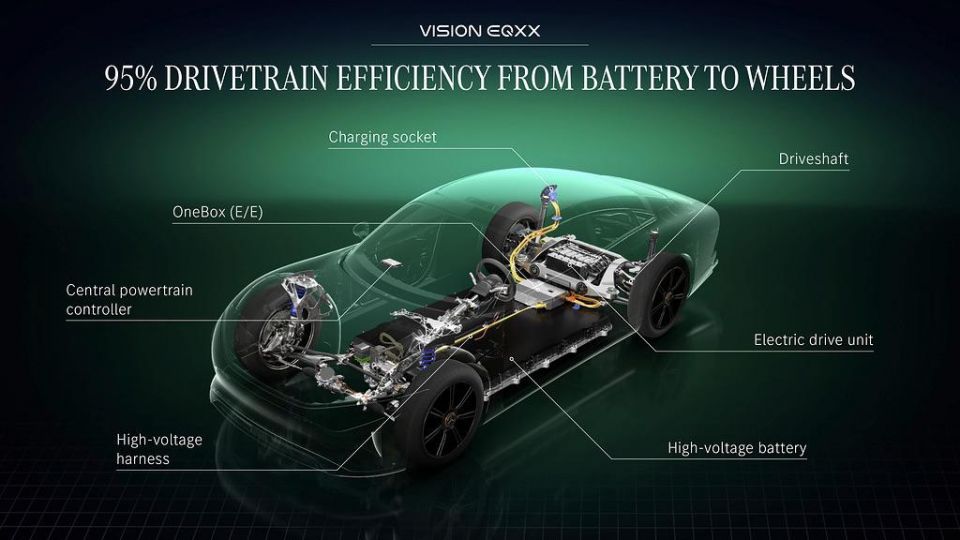
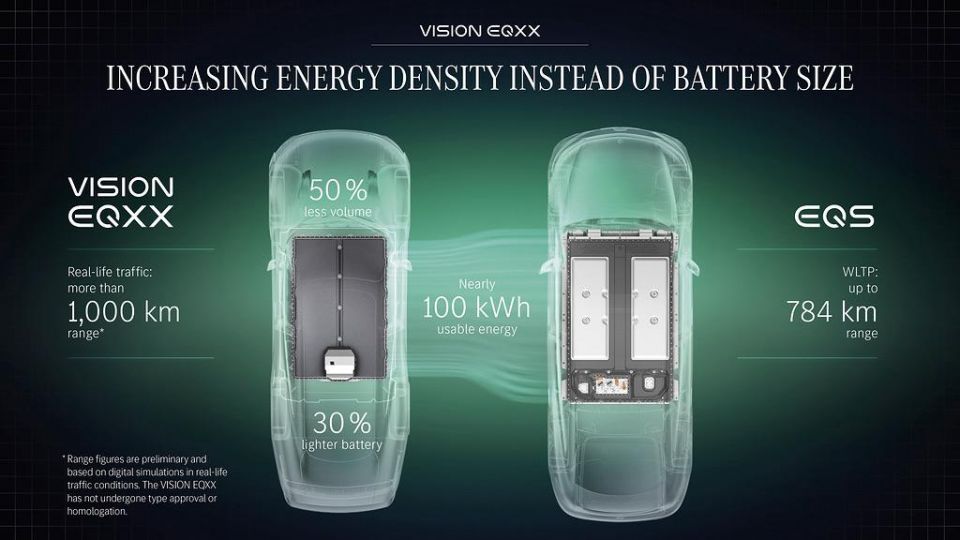
The Vision EQXX is powered by a single 150kW e-motor driving the rear wheels. The e-motor is based on the eATS unit that currently powers the compact EQA crossover and the newly launched EQB SUV, but it has been extensively reworked by HPP.
“The motorsport guys count every joule of energy,” says engineer Tim Wölfel, who points out the Vision EQXX powertrain is 95 per cent efficient. In other words, 95 per cent of the energy sent from the battery gets to the driving wheels.
Now, the Mercedes-Benz EQS gets 90 per cent of the energy from its battery to the driving wheels, so on paper the EQXX doesn’t sound like much of an efficiency jump. But at this level the laws of physics collide with the law of diminishing returns: “Getting from 90 per cent to 95 per cent means you have to be twice as efficient,” says Vision EQXX project manager Malte Sievers.
And the easiest way to improve efficiency? Aerodynamics.
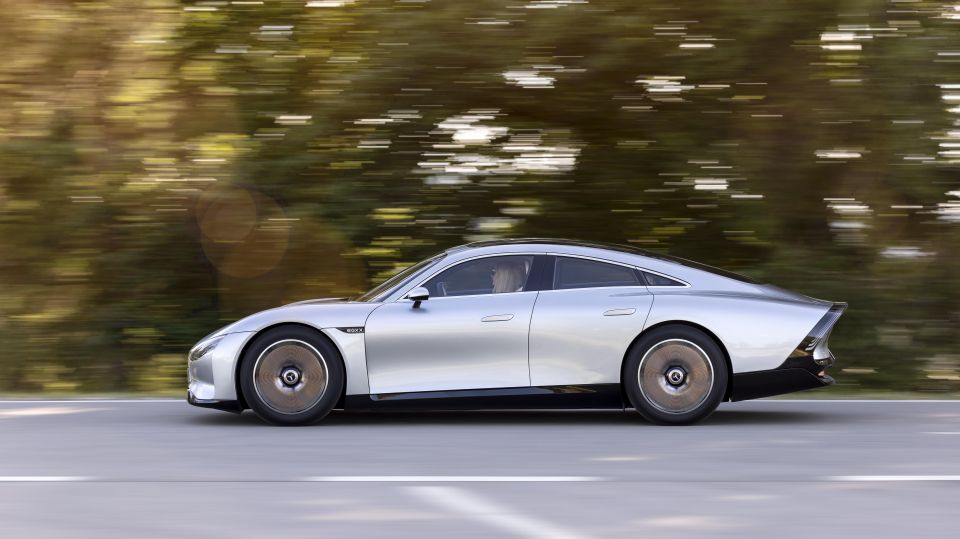
Mercedes engineers have calculated that on the average long-distance drive, 20 per cent of the energy stored in an electric vehicle’s battery will be consumed overcoming rolling resistance, and 18 per cent by losses in the drivetrain and other vehicle systems. The rest – 62 per cent – will be consumed simply by pushing the vehicle through the air.
That simple stat is the reason the Vision EQXX has a drag co-efficient of just 0.17. And it is why the new production EVs from Mercedes such as the EQS and EQE all look like jellybeans.
In profile and plan view the EQXX has the classic teardrop shape of an extreme wind cheater. At the front, air is carefully directed under the car, where a shutter system allows extra airflow to pass over a cooling plate for the e-motor if needed. Airflow is also directed around the front wheels to form an air curtain and help keep the flow attached to the side of the car to reduce drag.
The long tail helps reduce wasteful turbulence in the car’s wake, with an active rear diffuser that lowers and extends at 60km/h to help keep the speed of the air coming from under the car equal to that streaming off the sides and top.
It certainly is slippery – with the regen set to coast, the Vision EQXX’s speed dropped barely 2km/h, despite a slight crosswind, on a kilometre-long straight after lifting off the accelerator at 103km/h during our test drive.
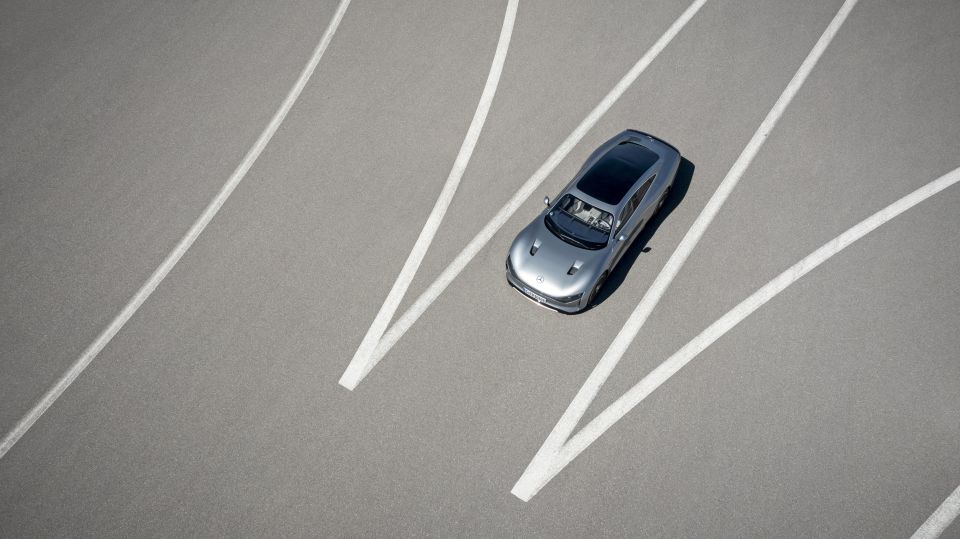
Weight is the achilles heel of all EVs – batteries are heavy – so the Vision EQXX’s claimed 1755kg kerb weight is impressive, the result of rigorous weight-saving measures throughout the car.
Ultra-high strength steel is used in the body structure because it delivers the best balance between weight and passenger safety. The doors are made from a hybrid of carbon- and fibreglass-reinforced plastics with aluminium reinforcements. A new polyamide foam reinforces the lower edge of the door and optimises energy absorption in a side-on collision.
A large cast aluminium structure extends from the rear floor, creates the rear wheel wells and provides mounting points for the rear suspension and the e-motor.
This casting is made using a patented process dubbed Bionicast that mimics the load and strength paths of natural organisms, reducing excess material to a minimum.
As a result, there isn’t a single straight line or flat surface on the part other than where it has been milled to mount the e-motor and the rear suspension, which features springs made from glass-fibre-reinforced plastic.
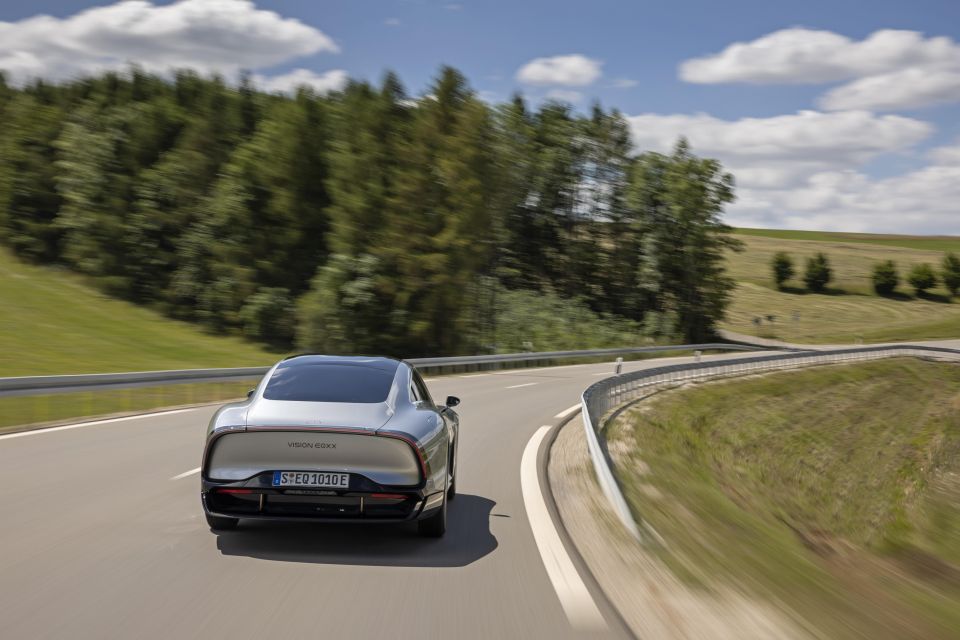
EVs, even high-performance ones like Porsche’s Taycan Turbo S, aren’t usually hard on their brakes despite their weight, because a lot of braking is done using regen. The Vision EQXX is thus fitted with coated aluminium brake rotors that save 13kg over conventional steel units and are considerably less expensive to make than carbon-composite ones.
Behind the Vision EQXX’s beautifully styled flush wheel covers are ultra-light, 20-inch forged magnesium alloy wheels. The wheels are shod with specially-developed Bridgestone Turanza tyres that are also lightweight and offer ultra-low rolling resistance.
Once you get past the easy wins in terms of aerodynamics, powertrain optimisation, and weight reduction, the efficiency devil is in the details. And the EQXX brims with clever technologies and features that are designed to help the car extract the most performance from every joule of energy it consumes.
For example, that giant mini-LED backlit screen in the interior features more than 3000 local dimming zones, which means it only consumes power as and when specific parts of the screen are in use.
The Vision EQXX has conventional external rear view mirrors because engineers concluded a camera system like that used on the Audi e-tron would consume too much energy.
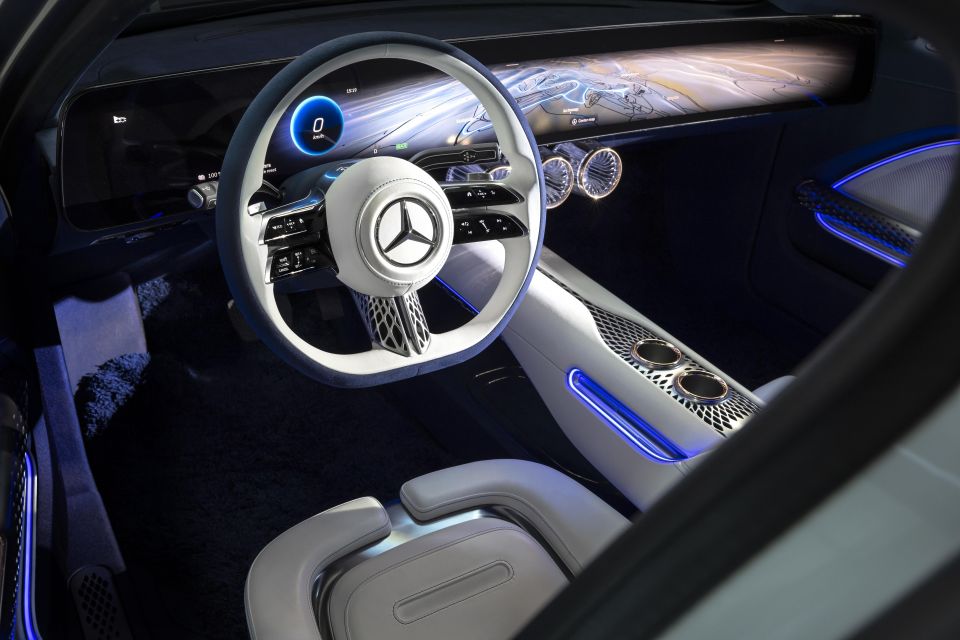
The Vision EQXX’s electronic brain uses something called neuromorphic computing, a form of information processing whose hardware runs so-called ‘spiking neural networks’ that mimic natural ones, firing only when certain thresholds are reached.
Developed in conjunction with California-based artificial intelligence (AI) specialist BrainChip, the system is said to significantly reduce energy consumption. For example, Mercedes claims the “Hey Mercedes” voice control system in the Vision EQXX is five to ten times more efficient than the setup in current production cars.
All this hardware and software makes the Vision EQXX ridiculously easy to drive while achieving extraordinary levels of energy efficiency.
We spent 15.5km behind the wheel of the Vision EQXX on one of the ride and handling loops at the Mercedes-Benz proving ground at Immendingen, south of Stuttgart, and achieved 9.5kW per 100km with no special driving techniques, other than obeying the posted speed limits, which varied between 50km/h and 100km/h.
The total elevation change on the loop was almost 100 metres, and there was a slight wind blowing in places. Our average speed was 51.1km/h.
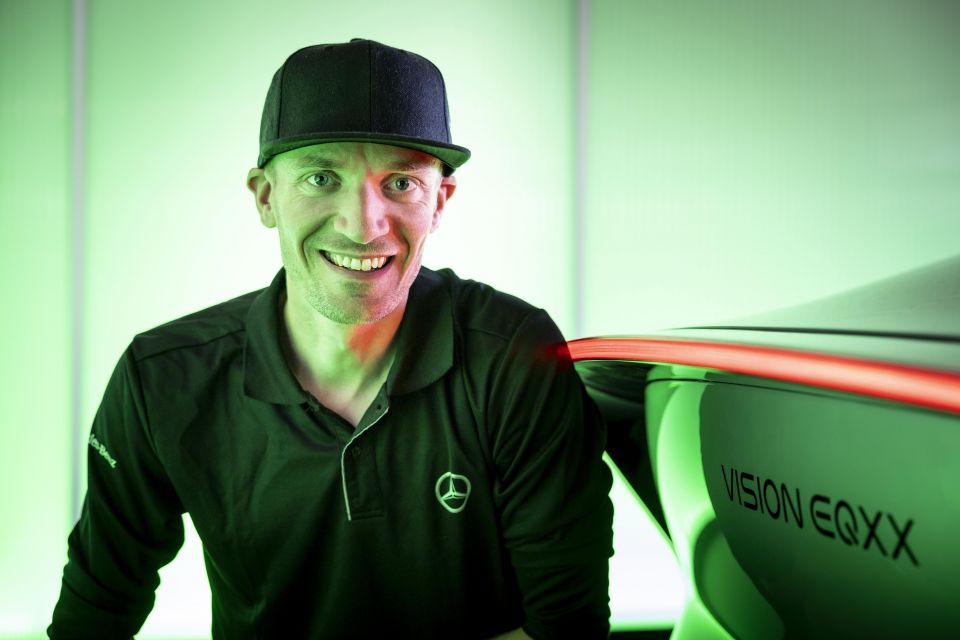
Vision EQXX engineer Friedemann Flache, who was riding along to make sure we looked after his one-of-a-kind, multi-million-dollar prototype, has achieved consumption as low as 7.9kW per 100 km over the same loop at an average of 49km/h, but then he knows the route intimately. And he knows the Vision EQXX well, too, having driven the car on the run to Cassis, and to Silverstone.
Apart from feeling impressively light on its feet – though the special Bridgestone Turanzas are clearly engineered for low rolling resistance rather than ultimate grip – and the fact it will effortlessly sail down the road when you lift off the accelerator with the regen set to coast mode, the biggest difference between this and any other EV is how precisely you can use the different regen modes to slow the Vision EQXX on the road.
There are four different levels of regen, all controlled via standard Mercedes-Benz EV paddles set behind a steering wheel lifted straight from the production EQS.
The D-plus mode allows the car to coast. D mode delivers roughly the same level of regenerative braking you feel in an internal-combustion car with an automatic transmission. D-minus is close to the usual one-pedal driving setup used in most production EVs. D-double minus brakes the car at 0.3g, which is enough to bring it to a standstill.
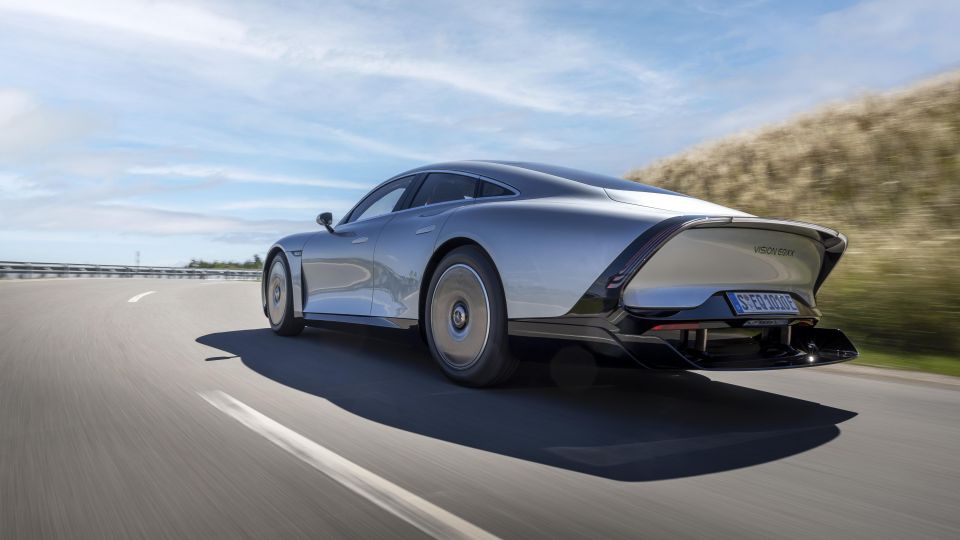
You soon learn to keep your foot off the brake pedal – “using the mechanical braking system generates heat, and heat is wasted energy,” admonishes Flache – and use the paddles instead to slow and release the Vision EQXX into and out of corners, even at low speeds at road junctions.
It takes a few minutes to adapt to the technique, but it quickly feels natural, though Flache did mention using D-double minus to slow the car in the wet can be tricky as it is strong enough to lock the rear wheels.
It ensures the Vision EQXX recoups as much energy as possible – our post-drive readout showed we recouped 1.17kWh in just 15km, enough to put 13km of range back into the battery.
On the drive to Cassis, which though it involved crossing the Alps, comprised a net decent of about 1700 meters, the Vision EQXX recouped 22.5kWh, adding 250km to its range. On the trip to Silverstone, which was flatter and involved a lot of steady running on across open country on the French autoroutes, it recouped 16.6kWh, enough for 200km of range.
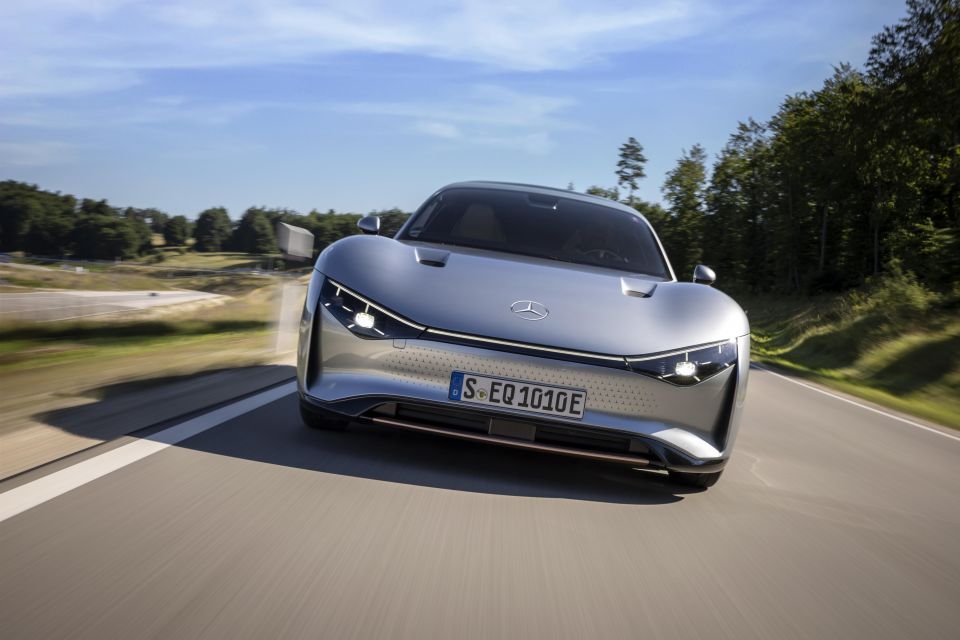
And that wasn’t all down to regenerative braking. The 117 solar cells on the Vision EQXX’s roof did their bit, too, contributing 1.15kWh or 13km of range on the run down to Cassis and 3.57kWh or 43km of range while heading to Silverstone.
Why the difference? “It rained a lot on the Cassis trip, and there were a lot of tunnels,” Flache says. “It was warm and sunny all the way to Silverstone, though that meant we had to use the air-conditioning.”
The Mercedes-Benz Vision EQXX is an intellectual and technological tour-de-force, a fully-functional prototype that explores the outer limits of electric vehicle efficiency, connectivity, and production feasibility.
It shows what a company that has been building cars for more than a century can do when it turns the might of its huge research and development budgets entirely to thinking about designing and engineering a better electric vehicle.
Tesla, you’re on notice.
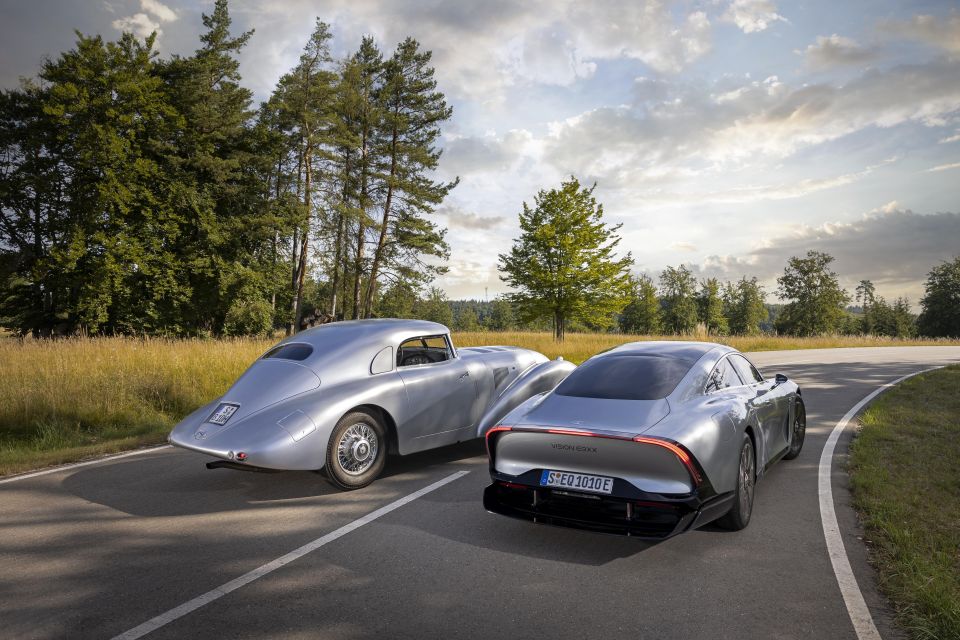
Click the images for the full gallery
MORE: Mercedes-Benz Vision EQXX debuts with 1000km range MORE: Mercedes-Benz Vision EQXX breaks its own EV range record
Where expert car reviews meet expert car buying – CarExpert gives you trusted advice, personalised service and real savings on your next new car.


Ben Zachariah
17 Hours Ago
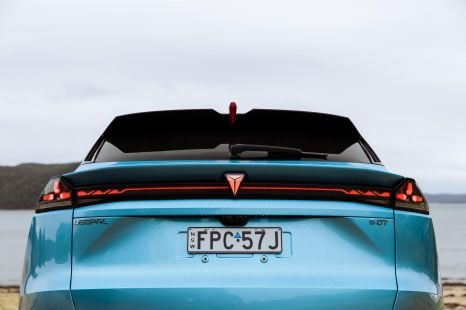

William Stopford
18 Hours Ago
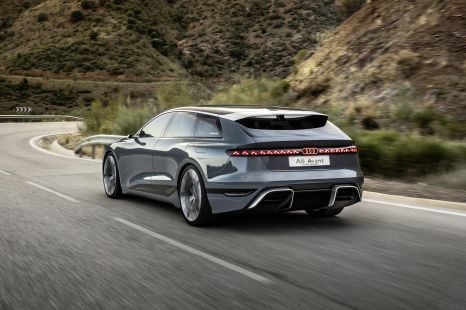

Derek Fung
19 Hours Ago
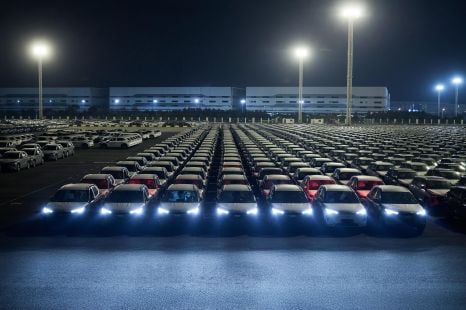

Alborz Fallah
19 Hours Ago
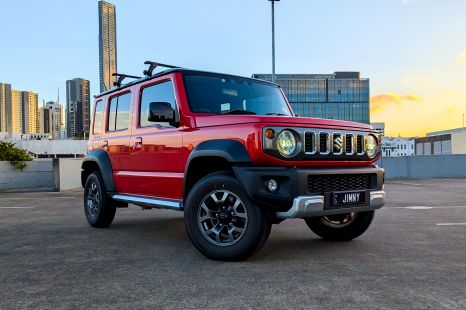

William Stopford
1 Day Ago
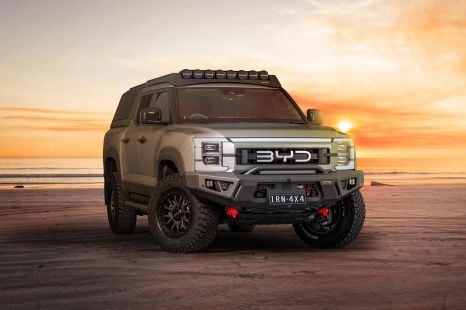

William Stopford
1 Day Ago